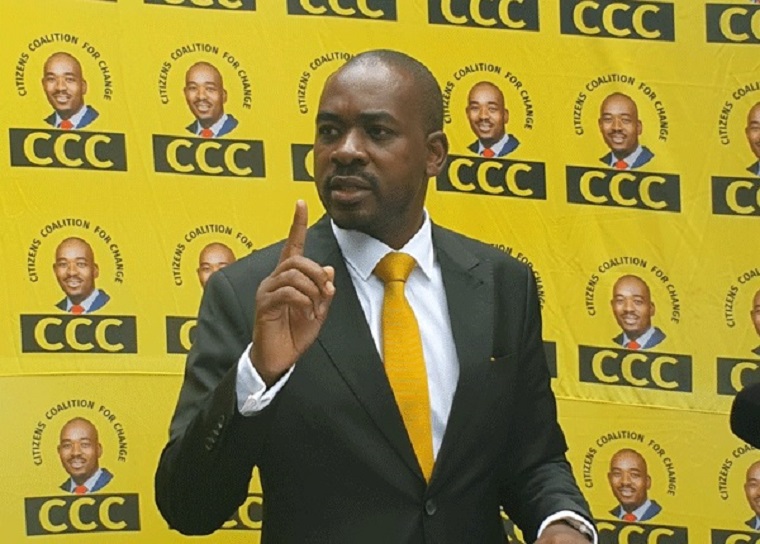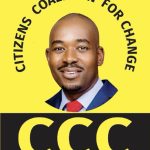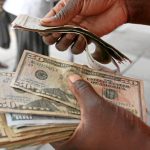The country was at a political crossroads. Almost overnight, it became clear that a void existed in opposition politics. And so, in 1999, Tsvangirai established the opposition Movement for Democratic Change (MDC).
The MDC attracted student leaders such as Chamisa, Sikhala, Tafadzwa Musekiwa and Learnmore Jongwe. For Chamisa in particular, joining the fledgling party was the launch pad into highstakes national politics.
In 2003, at the age of 25, he became the youngest MP in parliament — and one of the youngest in the country’s history.[Musekiwa was 24 when he became MP]. By June 2006, he’d been elected MDC spokesperson. And in 2009 — after a controversial election that saw Mugabe conceding to establish a unity government — Chamisa was appointed information communication minister. It was a position he held until 2013.
In parliament, he chaired numerous portfolio committees, including defence, home affairs and public accounts. And he was a member of the local government, public works & urban development department, as well as the African, Caribbean & Pacific Parliament.
So was this rise circumstantial? The result of Mugabe’s ruinous policies?
“He is a political chess player and gambler,” Nyikadzino responds. “He gambles, and he wins most of the time. That balancing act is a very delicate one, but he wins.
“He has always proven people wrong. He knew where to position himself. In fact, he has a natural political [ability] to position himself strategically.”
It wasn’t just at the national level that Chamisa was making waves. Within the MDC, he was solidifying his position too. In April 2011 he was elected secretary general — a post previously held by MDC heavyweight Elias Mudzuri.[Chamisa was elected organising secretary not secretary-general. Tendai Biti was the secretary-general] It was Tsvangirai, however, who really ensured his political survival.
When the MDC split in 2014 over disagreements about succession and political direction, Chamisa lost his position as secretary-general to Douglas Mwonzora. [Chamisa was organising secretary but contested the secretary-general’s post and lost to Mwonzora]. It was the first time in years that he was without a leadership position in the party. But he bounced back in 2016 when Tsvangirai chose him as one of three vice-presidents of his party.
When the party split again following the death of Tsvangirai in 2018, Chamisa emerged leader. It’s a point of controversy that continues to follow him. Chamisa announced his leadership of the party at Tsvangirai’s funeral in what some critics refer to as a “coup”.
When Mwonzora challenged Chamisa’s leadership on the grounds that it was unconstitutional, Chamisa left to found the CCC.
It is under that party’s banner that he hopes to pull the rug from under ZANU-PF, which has held power since independence, on August 23.
It’s not as far-fetched as one may imagine. Despite being a young party, the CCC last year won most of the seats it contested in byelections. And in a country where half the population is under 30, Chamisa is able to connect with young voters on social media networks such as Facebook, Twitter and TikTok; the generation of “born frees” want a young and energetic person to lead.
He’s captured their imagination with his use of social media — a Facebook post, for example, on the eve of recent byelections: “We are ready! We will deliver Transformation, Dignity, and Opportunity & Prosperity. I feel it. I know it and I sense it. A New Great Zimbabwe is loading … Fellow Citizens, #RegisterToVoteZW.”
Continued next page
(479 VIEWS)


